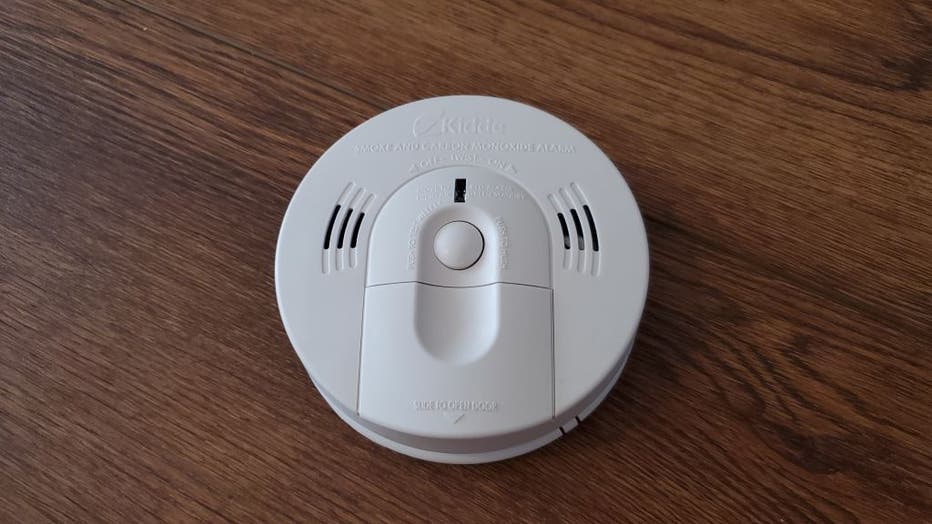Tips for checking smoke alarms during daylight saving time
In a house fire, the people inside have just minutes to escape — and their lives can often be saved from properly installed and maintained smoke alarms throughout the home.
Daylight saving time is often recommended as a good time to test smoke alarms and change batteries if needed. This year, daylight saving time is observed in the early morning hours of Sunday, March 13.
How to test smoke alarms
The National Fire Protection Association (NFPA) recommends testing your smoke alarms once a month using the test button and changing the batteries twice a year, which can conveniently be done when we change our clocks for daylight saving time in the spring and fall.
In today’s day and age, not all smoke alarms are designed the same, so ensuring your smoke alarm works properly may take more than replacing a battery.
The following is information from the NFPA to ensure all smoke alarms have working batteries:
- Smoke alarms with non-replaceable 10-year batteries are designed to remain effective for up to 10 years. If the alarm chirps, warning that the battery is low, replace the entire smoke alarm right away.
- Smoke alarms with any other type of battery need a new battery at least once a year. If that alarm chirps, warning the battery is low, replace the battery right away.
- When replacing a battery, follow the manufacturer’s list of batteries on the back of the alarm or manufacturer’s instructions. Manufacturer’s instructions are specific to the batteries (brand and model) that must be used. The smoke alarm may not work properly if a different kind of battery is used.

Kidde smoke and carbon monoxide detector on light wooden surface, Lafayette, California, February 23, 2022. Photo courtesy Tech Trends. (Photo by Gado/Getty Images)
RELATED: How many smoke alarms do I need? A guide to the life-saving device and when to check them
How many smoke alarms do I need?
Smoke present in one room may not reach a detector in another area of the house. Furthermore, a door that is closed may slow the spread of smoke, heat and flames.
As a result, the NFPA recommends having at least one smoke alarm on every level of the home — including basements — as well as in every bedroom, and outside of each sleeping area. Larger homes may need extra detectors.
"It is best to use interconnected smoke alarms. When one smoke alarm sounds, they all sound," the NFPA says.
RELATED: Daylight saving time 2022: How to prepare your body for the time change
Where to install smoke alarms in the home
In general, smoke alarms should be mounted high on walls or ceilings because smoke rises. Wall-mounted alarms should be installed not more than 12 inches away from the ceiling, the NFPA recommends.
For those with pitched ceilings, install the alarm within 3 feet of the peak, but not within the apex of the peak — or 4 inches down from the peak.
Smoke alarms installed in the basement should be installed on the ceiling at the bottom of the stairs leading to the next level, according to the NFPA.
On levels of the home without bedrooms, install alarms in the living room or near the stairway to the upper level — or in both locations.
To minimize false alarms when cooking, install detectors at least 10 feet from a cooking appliance.
NFPA says smoke alarms should not be installed near windows, doors or ducts where drafts might interfere with their operation.
People who are hard-of-hearing or deaf can use special alarms, which often have strobe lights and bed shakers.
This story was reported from Detroit.


